It was Samuel Johnson who said, when a man is tired of London, he is tired of life. But when Dr. Johnson said it, in the late 1770, real estate wasn’t exorbitantly priced, and fictionalisation hadn’t gripped the capital.
Today it’s a different story.
As London has become a global financial hub and a real estate speculators dream, it has priced out the people who once made the city diverse, interesting and cosmopolitan.
So what happens to the arts if the artists can no longer afford to live in the big smoke, or attend its increasingly elitist art school?
This week we’re on the road at Sunday Papers Live. We’re talking with artist, Darren Coffield about the silent art exodus from London. We are addressing the question: Does anyone interesting live in London anymore?
Artist Darren Coffield has lived in London all of his life. He tells Renegade Inc. that one of the specific economic changes he has witnessed in creative industries is the eviction of artists from the city.
“One of most interesting things about London was that it had the highest concentration of artists in Europe,” he says. “Up until the time of the 2012 Olympics, they were mostly based around Stratford, where they were forcibly evicted.”
The government claimed around 8000 artists would be resettled and rehoused, but actually they were just evicted, and the area redeveloped.
“Well it’s interesting, because obviously no one wanted to be around Stratford and those areas at that time,” says Coffield. “They were kind of satellites of the main cities, so people just moved in there and reused all the old properties like Hackney Wick. But before that it has been an ongoing process moving up from Shoreditch, Hoxton, through Dalston, areas like that.”
Coffield came up with Joshua Compston of the YBA’s, London’s famed Young British Artists. Back when he was studying, it was still free to go art school.
“You still had free education, although you didn’t have free materials,” he says. “That had just stopped around the time of Margaret Thatcher. But a few years before you could actually go to art school and order whatever you wanted. If you were at the Chelsea School of Art and you wanted to carve in marble, they’d give you free marble. If you wanted 1000 metres of canvas, they’d give you a 1000 metres of canvas. You could be from any kind of background and go study the arts.”
Back then, the artist said it felt like the sky was the limit, but over time, opportunities have slowly diminished.
“For example, they’ve moved all the art schools now,” he says. “They’ve sold the properties off and moved them out of central London to areas where they’re not near galleries anymore, or near bookshops.
“A great example of that is St Martins School of Art where the students could wander down the road, walk into Soho, walk into Charing Cross Road and read a book, or just pop into the National Gallery. Of course, they can’t do that now. They’re in Kings Cross next door to a Waitrose and a very expensive wine bar, in a development where no other students would really go to normally.”
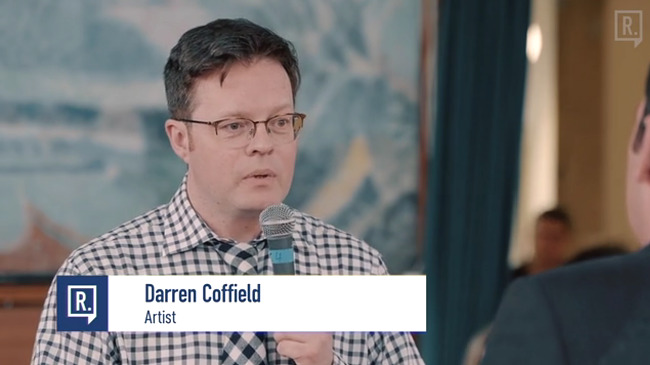
Coffield says fee-paying, for profit universities mean art schools have turned ‘back’ into finishing schools.
“Originally places like the Courtauld Institute of Art which is a very famous research centre throughout history, all started off as finishing schools in the 19th century, early 20th century,” he says.
“It’s becoming a form of education for people who can’t get into Oxford and Cambridge, which it was for many years before the Second World War.”
There has been a huge exodus of artists out of London, and out of England, many fleeing to Berlin, a country Coffield says, that still values the arts.
“A lot of those artists that were based around the East End, Shoreditch and Hoxton and areas like that have moved out,” he says. “Also, a lot of artists have moved from Stratford to the coast.
“If you think that originally Chelsea was a clay pit which they dug clay out of and was an area for pottery, and Kensington was a gravel pit, an area where they took gravel out of the ground to construct buildings from, and then they all became synonymous as areas known for the arts in the 19th century.
“There has always been an element of artists moving into areas that are in decline, or have industry, and turned them into areas where they can live and work. Then people follow them into those areas and make them into living areas.”
But this is almost exactly property developers’ argument to that point: ‘well this has always happened. Chelsea was gentrified. Kensington. All we’re doing on a bigger scale is doing the same thing to London.’
“Well they are really,” says Coffield. “But what they’re doing is offering artist charities huge amounts of money to end the leases on their buildings. A lot of artist charities that run these studio spaces are actually in collusion with the landlords to evict the artists and have the buildings redeveloped. And of course, when buildings are redeveloped into huge new modern buildings, of course they allow some spaces for artists to move into, but those artists already tend to be quite wealthy people who are running businesses that make over £100,000 or £50,000 a year. It’s certainly not your traditional kind of artist like Suzanne Woodby, or Picasso, living in a garret, painting. They’re not attracting those kind of creative people.”

Writer, John Lanchester tells Renegade Inc. that London housing is clearly on the cusp of disaster.
“London’s changed in lots of positive ways and it’s unmistakably more energetic, more diverse,” he says. “I think though, that the trends are heading in the wrong direction and housing is the nub of it. Ordinary citizens can’t really afford to live here anymore. We’re heading into territory which is historically unprecedented and I think the consequence of that we’re only beginning to see.
“The way I put it, is that the V&A used to have those ads that upset purists. The poster was: ‘A really ace Cafe… with quite a nice museum attached’. And I think the equivalent thing about Britain is that it’s a really frenetic property market, with a real economy attached.”
The economics of the housing market is completely central to London and it has completely taken over the country’s politics, because people are profoundly loss averse.
“They love the idea of their house, earning more than they do, of its own accord, effortlessly going up in value,” says Lanchester. “Similarly, they absolutely loathe the idea of their wealth they did nothing to earn, bleeding away when property prices go down. So you end up with all sorts of mis-incentives and erroneously designed policies whose sole purpose is to keep people in their ‘happy place’ when their house prices increase.”
Britain has always been obsessed with property rights historically. Property more broadly defined, than just housing. It does have all sorts of distorting things in it and it has severe impact on the free movement of labour and big inter-generational impacts.
“I got to the point where a lot of my friends’ kids go off to university and people are cheering and whooping at the thought of their house price going up,” he says. “And then their children go off to college. And three years later they move back in and they suddenly realise that the same system that’s so fantastic, their house has quintupled in value over the last couple of decades, but then suddenly their children actually are facing a completely different future from the one they thought.”
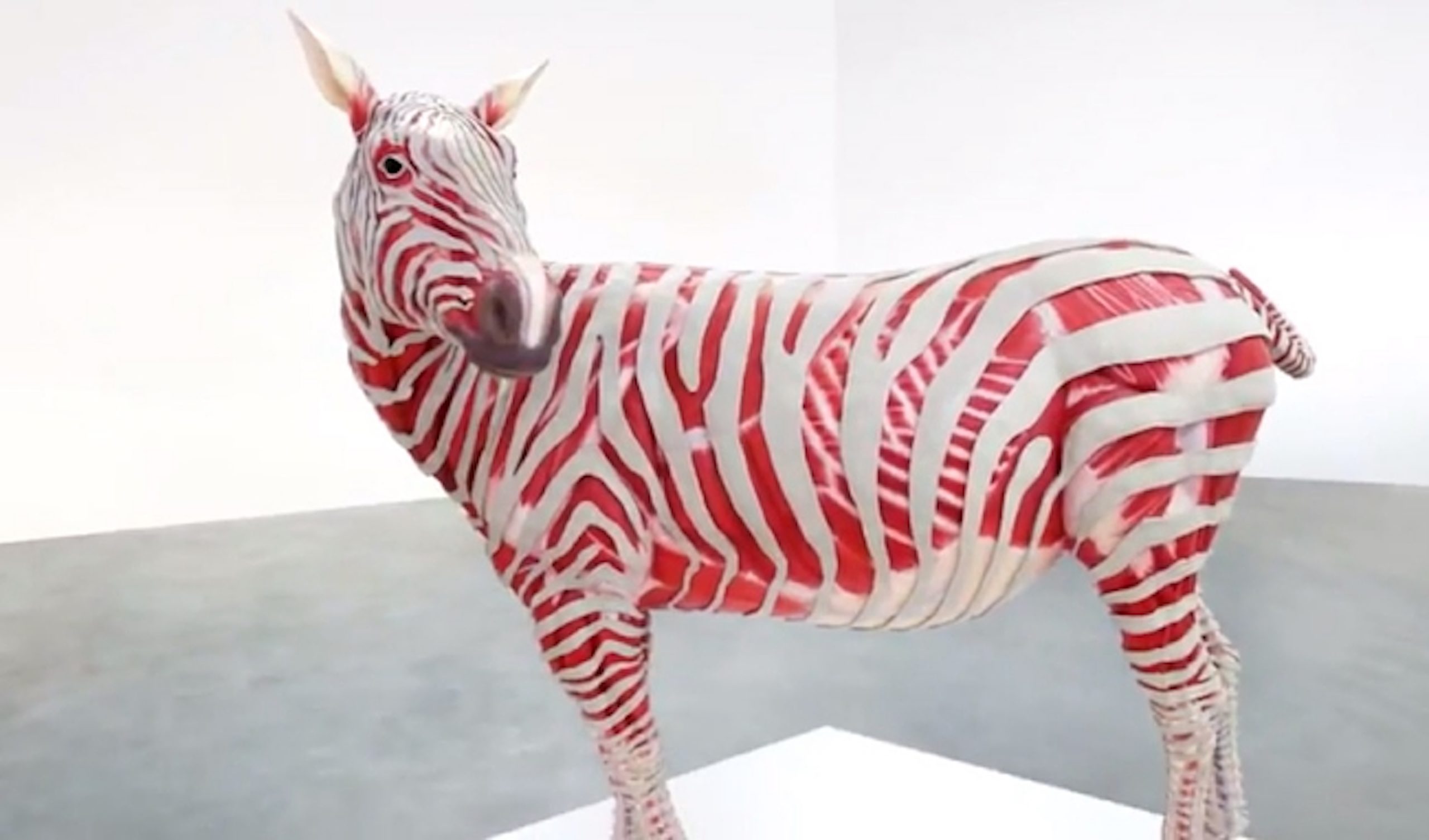
Coffield says the art world has become subject to the market.
“The market’s not necessarily a bad thing, but what’s interesting about the art market now is that it has become a form of sort of ‘legalised contraband’,” he says.
“At one time, stamp collecting was very big, and the reason why people collect stamps is not because they’re fascinating, but if you make stamps very valuable, you can move huge amounts of money around on tiny little pieces of paper. So what people would do: they get very valuable stamps, stick them in the top of their hat and fly to New York and they would move money around like that illegally. That was the interest in that kind of thing.
“What happens now with artworks is that someone picks up an artwork in St Moritz or somewhere, a billionaire puts it on his yacht and then just goes off to his other home in New York and doesn’t pay any tax on it or an import or export duty. It’s another way of moving money around the world.”
The artist says the art market itself has become so commercialised, it mimics, in a sense, the student life, because the monopoly at the top of the market doesn’t allow new talent to come through unless it has been ratified.
“I think the problem is like most things nowadays: university education used to be about education and research for the sake of it,” he says. “For example, the two scientists who discovered DNA would never have discovered DNA under the current research and funding grants that are available, because all research has to lead somewhere. And of course knowledge for knowledge’s sake doesn’t lead to anywhere. The same thing is happening at art school”.
Artists aren’t really experimenting anymore. And from almost their first day at art school, students are figuring out a way to create to commercialise their work to be able to afford to rent a studio apartment.
“In a way it kind of normalises everything,” he says. “Everything becomes very very sort of blunt, has no edges to it.
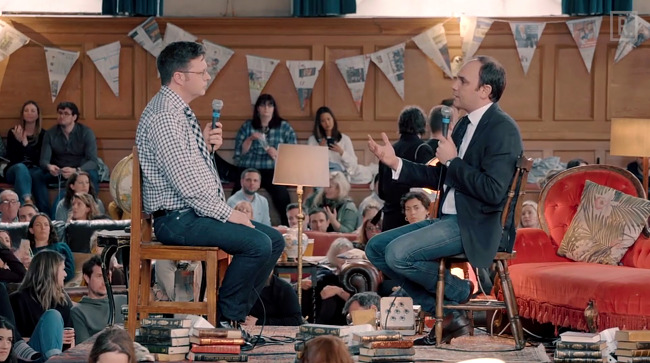
Art schools have also become very discerning in who they accept to study at their campuses.
“You can’t really go to study art school now unless you can read and write very well because you have to write a dissertation,” says Coffield. “Originally art schools would take on people who might have difficulties in reading and writing, and that’s why they’re so good at art, and painting, and drawing. But nowadays, if you have severe dyslexia or other learning problems, and your natural skills lean towards drawing and painting, you’ve got a real problem going to art school because all the degrees that don’t require dissertations have been stopped.”
“Chelsea used to do an MA, you didn’t have to write a dissertation. Before you just had to make the work, and surely if you’re painting or sculpting, the most important thing is the work. Not what you think about what happened in Florence 500 years ago.”
So where then do these people go? The people who aren’t getting into arts school, or can’t afford it? The people who can’t afford to live in London and go to art school? There must be a load of talent out there that isn’t being utilised.
“There is but I think what’s happening, it’s quite interesting, as I recently spoke to somebody about this, and their son decided not to go to art school he decided to write to an artist who’s actually Sir Andy Caro. He has passed away now, but he wrote to Sir Andy Caro and said, ‘can I come and work in your studio?’ Of course Andy Caro employs lots of people. He makes monumental sculptures, but you’ll probably save tens of thousands of pounds, and go back to what people originally used to do which is be a trainer or an apprentice for an artist.”
The master or apprentice scheme is coming back through necessity.
“The other interesting thing about art courses now is that because there’s so many different ways into an arts course, you might be in your first year of your degree, you might be doing the equivalent of a foundation course, because there’ll be lots of people coming in at different levels who’ve not done the foundations, you might have to go back and revisit a whole skills set you already know, and that’s a whole year of education you’ve paid for which isn’t of any interest to you,” he says.
This hasn’t been an overnight phenomenon. It started back in the 1990s under New Labour, and Tony Blair.
“He was very good friends with a lot of the artists at that time,” says Coffield. “The British Council actually promoted all of Jay Jopling artists, which is why his gallery White Cube became so big. He was Damien Hirst’s dealer, so the British government were buying lots of art off this particular generation of artists. That’s why they’re always in the magazines, they’re always in the Groucho Club getting drunk or being photographed. There’s a very sort of showbizzy kind of time.”
“The art world was about to become really big again in this country.”
Coffield came up in an era that saw the celebration of ‘artist celebrities’ like the YBA’s and the Damien Hirsts. But back in the ‘90s, artists in London were ‘blessed’ with a property recession. At that time artists made for the best kind of tenants.
“There was this huge explosion in art,” he says. “
“In the early nineties when I left art school, you could go to an estate agent and he’d show you huge old printing works based around St. Paul’s Cathedral that you could rent for a pittance.
“What’s interesting about this recession is that there has been no property recession. Property has actually kept going up and is seen as a huge form of investment. Even though there’s been a recession in so many other parts of our culture, and the, sort of, fabric of society, that’s not actually happened in property. The knock-on effects have been hugely distorted, culturally”.
In today’s economy, few artists can compete with the commercial forces of keeping a gallery or studio in London and do really good work. Because when you’re fighting that level of commerciality, ultimately something’s got to give.
“You can see it happening in art schools where most people have got these huge spaces they’re supposed to be throwing paint around in and experiment, and they’re all just sitting around on their laptops, because actually if you work on a laptop, it is not costing you a great deal of money in materials or resources,” Coffield says.
“If you go to art school and you’re paying almost £9000 – £10,000 a year to study, you could easily have to spend another £4000 – £5000 on materials and books. So it is becoming a very expensive kind of thing to do. A bit like a doctor or a lawyer was considered always a very expensive thing to study.”
Watch the full episode above and find out what happens to a capital city when those who do all the interesting work are no longer able to afford to live there.
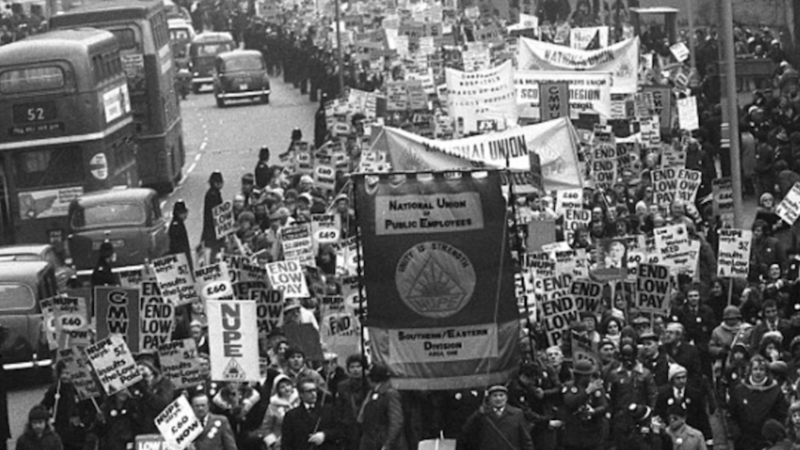
There's nothing like the idea of a unionised worker to make the predatory capitalist convulse.

Why is the ability to call a home your own becoming the privilege of the few as opposed to the right of the many?
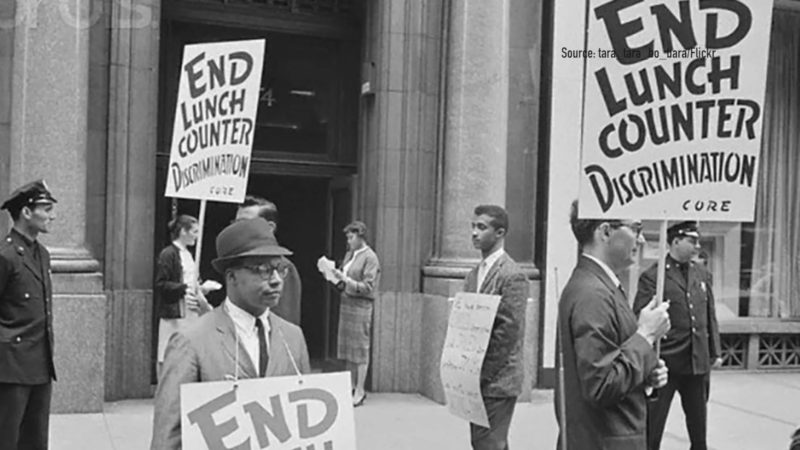
What if the racism and inequality that America faces today are not accidental but actually happened by design?